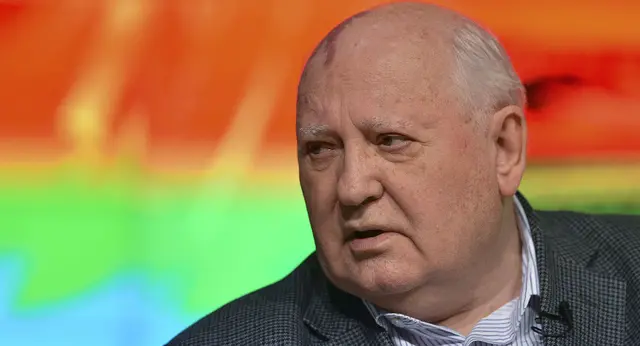The upcoming inter-Korean Summit between DPRK’s Kim Jong Un and ROK’s President Moon Jae-in is loaded with complexity and uncertainty. The outcome is not a foregone conclusion considering DPRK’s track record of diplomatic brinksmanship to extract concessions from the ROK and interests of stakeholders such as the US, Japan, ROK, China and Russia.
To achieve long-term peace on the peninsula, DPRK has to transform its security calculus and carefully crafted post-Korean War ideology, stressing a Pyongyang imposed reunification of the Korean Peninsula under the leadership of DPRK.
Formerly, using conventional weapons and now nuclear capable ICBMs, Pyongyang has seemingly consolidated its strategic nuclear deterrent to prevent regime change through a beheading strike or other form of military operation. Dismantling this defensive measure will require a radical shift in DPRK’s military industrial complex and its strategic thinking about the utility of a strategic nuclear deterrent.
The government in Pyongyang has built a post-Korean War identity and argued for its leadership stressing its role in defending Koreans (DPRK and ROK) from outsiders and pressing reunification of the peninsula under Pyongyang’s rule. While unrealistic considering the level of ROK's development and its alliance with the US, shifting Pyongyang’s nearly 70-year position on reunification may be a bitter pill to swallow for the DPRK who have sacrificed so much.
ROK Unification Minister Cho Myoung-gyun (L) talks with his DPRK counterpart Ri Son Gwon (R), who is chairman of the Committee for the Peaceful Reunification of the Country, during their meeting at the Unification Pavilion building on the northern side of the border truce village of Panmunjom, on March 29, 2018. /VCG Photo
These two challenges are further complicated by stakeholders inside and outside of the region. Starting in the US, without complete dismantling and removal of all nuclear technology and ICBM systems and intrusive subsequence verification, the US will not back down from its “maximum pressure” campaign.
Japan and ROK have shared concerns. Basic denuclearization will not be sufficient for either state. A de-escalation of tensions will necessarily include short and mid-range missile systems as well as submarine based systems which Pyongyang has heavily invested in.
China and Russia are also important stakeholders in this diplomatic kabuki theatre. Arguably both could live with a nuclear DPRK; their preference is to find an outcome on the peninsula that leaves a pro-Beijing and pro-Moscow government intact. Any negotiation between DPRK and ROK, or the DPRK and the US that does not produce that outcome would be opposed for geopolitical reasons.
ROK soldiers stand guard at the border village of Panmunjom between the ROK and the DPRK at the Demilitarized Zone (DMZ), on April 11, 2018. /VCG Photo
That leaves us with the question of what will be the likely outcome of the DPRK-South Summit on Friday, April 27 and the potential meeting between Kim and Trump.
In short, the only outcome we can expect is a commitment to future talks on how to demonstrate each side’s commitment in de-escalation a path towards a permanent peace.
DPRK has done some of the work by not testing its ICBM systems since last November. This break, whether it is forced or voluntary, must continue. The US and ROK can accept the Chinese/ Russian “double-freeze” agreement for a trial period.
To allay the US and ROK's concerns about DPRK, Beijing could forge a temporary security agreement with the ROK. Russia could be included in this security umbrella until strategic trust between stakeholders takes hold.
An overnight transformation of DPRK’s military strategic thought, military industrial complex and ideology are not possible. Some of the above suggestions may decrease the threat perception DPRK has concerning regime survival, but it does nothing to transform DPRK’s economy which depends heavily on its military.
Nor does it speak to the ideological nature of DPRK.
Without aid to shift the DPRK's economy away from its militarized nature, it will be difficult for Kim’s government to provide public goods to its elite and citizens whose current livelihoods may be dependent on the militarized economy. Here, DPRK’s neighbors -
including China, Japan, and ROK, can help through an incremental increase in aid as the verification process shows sincerity in the dismantling process.
DPRK’s carefully nurtured ideology may be the biggest hurdle to overcome in the complicated path towards peace on the peninsula. This will require years of cultural exchanges at the state and grassroots level to equilibrate sensibilities and understandings. As a result, we should be realistic about what a “permanent peace” timeline means. If the seed of permanent peace is planted on Friday, April 27, we should expect to see its fruits in the decades ahead rather than in the current political terms from the leaders and their associated.
(CGTN)
 简体中文
简体中文

